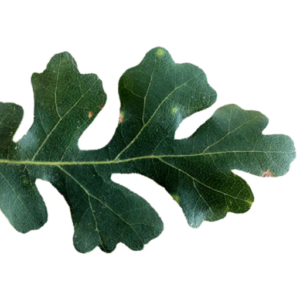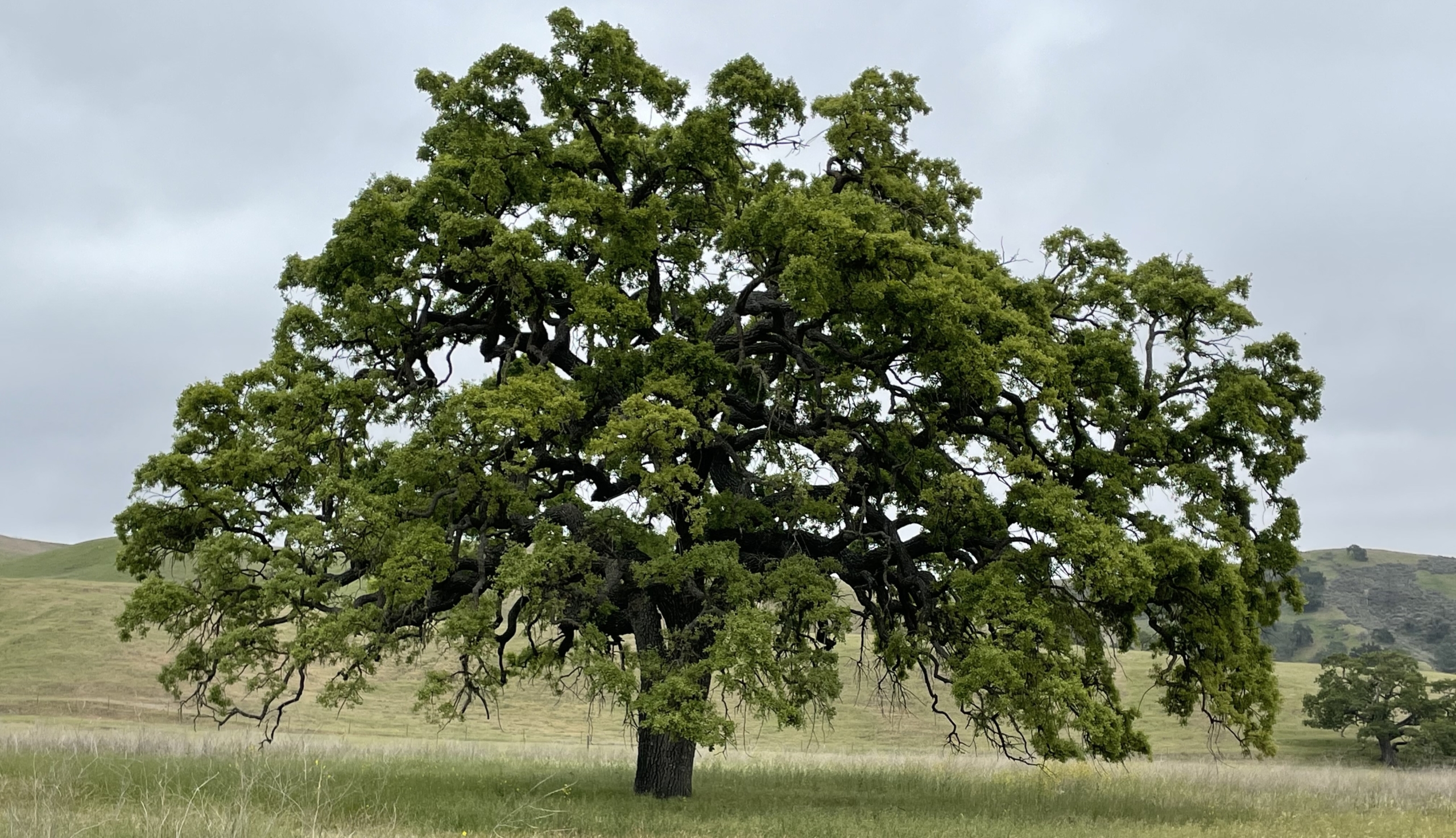Climate change is a major threat to plant species worldwide, impacting their survival, reproduction, and migration. Tree species are of particular concern due to their critical role in shaping the ecosystem and local biodiversity. The Sork lab group integrates field and genomic studies to identify the genetic and epigenetic basis of local adaptation in tree populations, with a conservation goal of understanding how to manage such populations experiencing rapid climate change. The ability of local populations to respond to climate change will largely depend on their underlying genetic structure.
Genetic and epigenetic basis of adaptation
Local adaptation arises as a result of selection by the local environment favouring phenotypes (i.e. the physical characteristics that result from a genotype interacting with the environment) that enhance fitness. The genetic basis (i.e. the genotype) of those phenotypes can now be addressed using next generation sequencing, gene expression profiles, and epigenetic analysis. We incorporate these with population genetic analyses, where we study the genetic composition of populations and look for single nucleotide polymorphisms (SNPs) and structural variants. Our lab uses these approaches to investigate the impact of climate, identify candidate genes which are involved in genotype-by-environment interactions, as well as evidence for the potential role of epigenetic modifications in various Quercus (oak) species:
- Valley oak (Quercus lobata)
- Blue oak (Quercus douglasii)
Plasticity and adaptation of phenotypic variation
Geographic patterns of phenotypic variation are in part due to selection by the local environment. The emergence of genomic tools has resulted in the ability to map spatial patterns of adaptive genetic variation and identify the genes which underlay locally adaptive traits. Our lab uses that genomic information to add value to studies that analyse gene expression data, functional traits, ecophysiological traits and common garden experiments, to better our understanding of the evolution of local adaptation, its role in shaping responses to climate change, and the ways in which conservation strategies can most effectively manage threatened populations and species. We currently study this in various Quercus species:
- Coast live oak (Quercus agrifolia)
- Canyon live oak (Quercus chrysolepis)
- Quercus cornelius-mulleri (Quercus cornelius-mulleri)
- Leather oak (Quercus durata)
- California black oak (Quercus kelloggii)
- Valley oak (Quercus lobata)
- Palmer oak (Quercus palmeri)
- Interior live oak (Quercus wislizeni)
Landscape and conservation genomics
Local adaptation at a landscape scale can be studied by sampling individuals from natural populations along an environmental gradient, and analysing a spatial map of their genomic signatures of natual selection. Our lab investigates geographic patterns of genetic variation in the following species:
- Valley oak (Quercus lobata)
- Coast live oak (Quercus agrifolia)
- Blue oak (Quercus douglasii)
- Engelmann oak (Quercus engelmannii)
- California scrub oak (Quercus berberidifolia)
- Canyon live oak (Quercus chrysopelis)
- Island oak (Quercus tomentella)
- California black walnut (Juglans californica)
- Western sycamore (Platanus racemosa)
- California poplar (Populus trichocarpa)
- Lace lichen (Ramalina menziesii)
We use whole genome tools to assess how the underlying genetic structure of populations might influence these species’ abilities to survive climate change. We work in partnership with the California Conservation Genomics Project (CCGP) the Nature Conservancy, and the U.S. Forest Service with published research finding over 500 environmentally-associated loci in Quercus lobata (Gugger et al., 2020).

